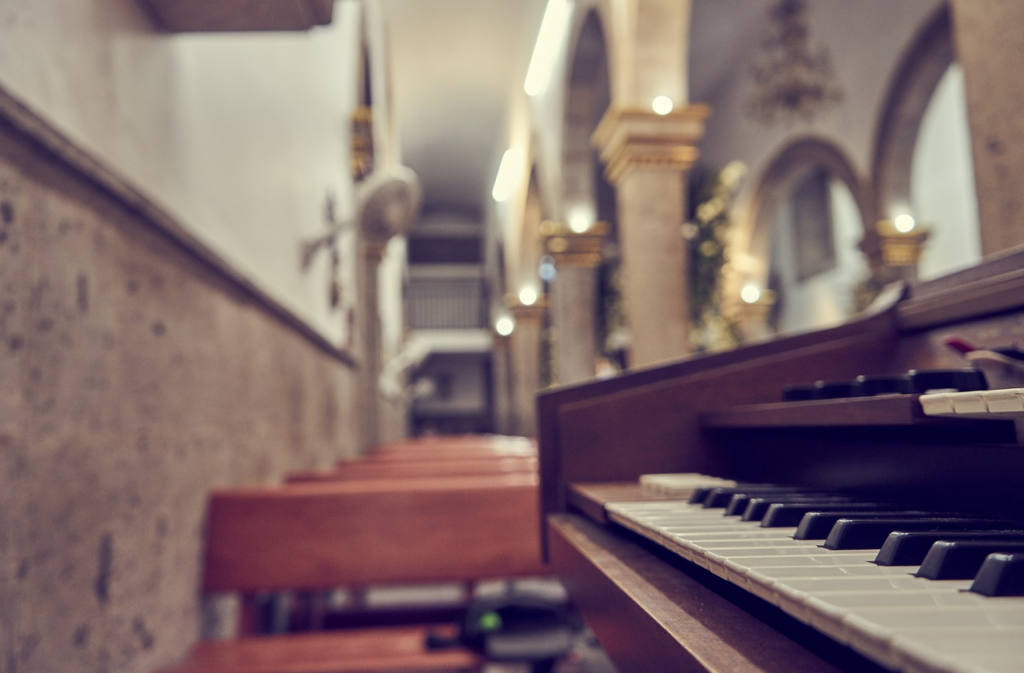Music and sacred art have been pillars of humanity's cultural and spiritual expression for millennia, continually evolving to reflect changes in beliefs, technologies and societies. This post aims to explore the latest trends in this field, delving into the new directions artists and musicians are taking to inspire faith and devotion in modern times.
The latest trends in sacred music and art
As we navigate the 21st century, sacred music and art are undergoing a remarkable transformation, reflecting the rapid changes in our society and technology. This evolution is driven by a continuous search for new forms of expression that align with both spiritual traditions and modern sensibilities.
The latest trends in sacred music and art are a testimony to the infinite capacity of human beings to reinvent and adapt their artistic and spiritual practices to the new challenges and opportunities of their time.
This vibrant and ever-changing panorama not only revitalizes forms of worship, but also offers new perspectives on the sacred, inviting deep reflection on what it means to be spiritual in the contemporary world.
The Fusion of Genres in Sacred Music
In recent years, we have witnessed a fascinating fusion of genres in sacred music. Composers and musicians are increasingly incorporating elements of jazz, electronic music and even rock into their sacred compositions. This trend not only attracts a younger and more diverse audience, but also reflects a more inclusive and experimental approach to religious music. The result is sacred music that is both reverent and innovative, capable of touching hearts in surprisingly new ways.
Digital Sacred Art: New Forms of Spiritual Expression
Sacred art is expanding beyond traditional paintings and sculptures to include digital forms of expression. Artists are using graphic design software and augmented reality techniques to create sacred works that are dynamic and interactive. These new forms allow viewers to experience religious stories and symbolism in a more immersive way, fostering a deeper connection with the divine.
Sustainability in Sacred Art
Sustainability has become a central theme in many aspects of life, and sacred art is no exception. Artists are increasingly using recycled or sustainable materials in their works. This approach not only responds to environmental concerns, but also adds a layer of meaning to the pieces, reflecting the importance of conservation and care for creation as a spiritual value.

The Globalization of Sacred Music
The globalization of sacred music is another notable trend. Musicians and composers are increasingly seeking inspiration from musical traditions around the world, creating a cultural fusion that enriches the sacred repertoire. This trend reflects a growing desire to understand and celebrate the diversity of human spiritual experience.
The Role of Social Networks and Digital Platforms
Social networks and digital platforms are playing a crucial role in the dissemination of sacred music and art. Artists and musicians can now reach a global audience instantly, sharing their works and inspiring dialogues about faith and spirituality. In addition, many religious communities are using these platforms to broadcast services and events, making sacred art more accessible than ever.
The latest trends in sacred music and art reflect an ongoing search for spiritual expression that is relevant and resonant in an ever-changing world. By incorporating new technologies, sustainable approaches and diverse cultural influences, artists and musicians are creating works that not only honor religious traditions, but also reimagine them for a new era. This is an exciting time for sacred music and art, as these trends point to a future where faith and creativity continue to intertwine in deeply meaningful and innovative ways.
See also: Beneficial effects of faith proven by studies; see more
February 21, 2024
With much faith and positivity, she writes for the Oração e Fé daily, bringing messages and Divine teachings to everyone.